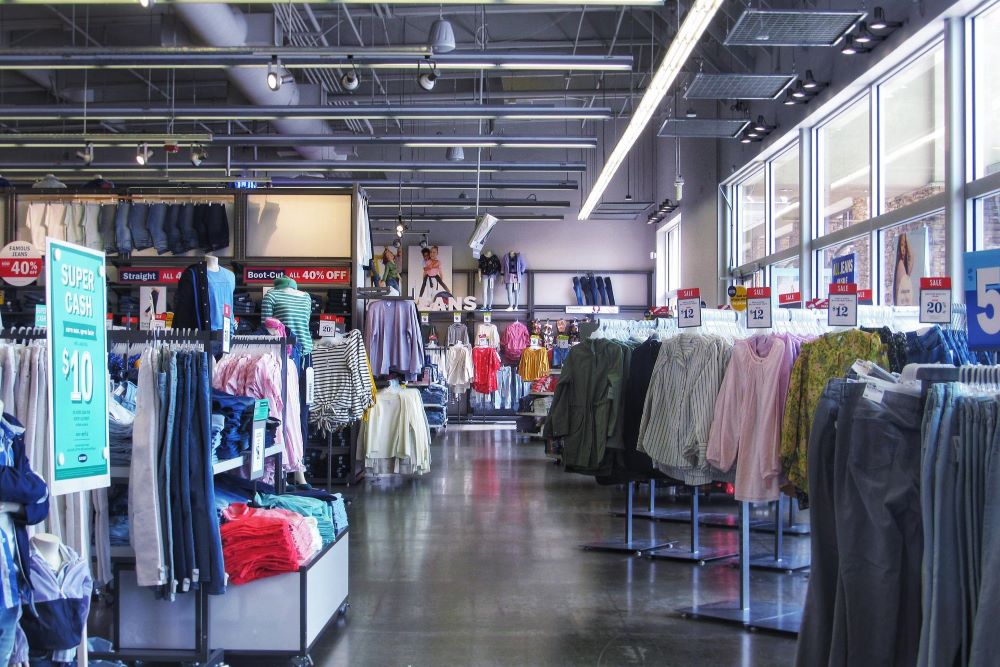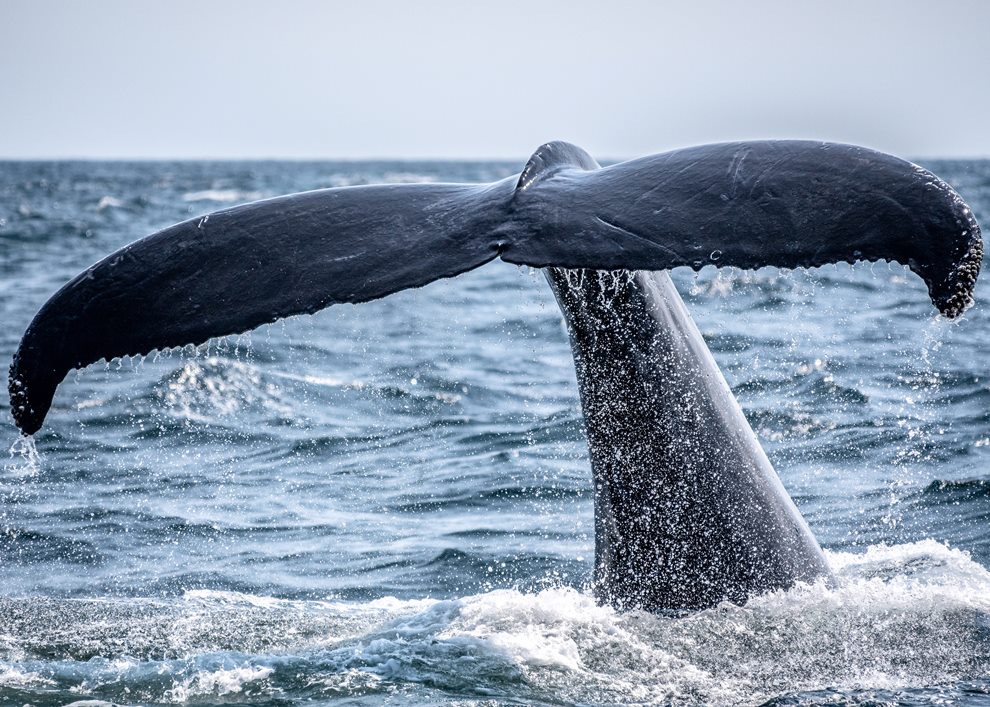The clothing industry has been growing more rapidly than ever. “The average consumer bought 60% more clothes in 2014 than in 2000, but kept each garment for half as long.”(Source)And it’s still growing faster than population growth in the US.
Now, over 60% of fibers used are plastic fibers like polyester, acrylic, spandex, and nylon. These easily break into the microfibers that are ending up in vast, yet nearly invisible, quantities in the ocean.
These are the microfibers that are creating masses of underwater piles of microfibers that settle onto deep oceanic biodiversity hotspots.
Microfibers that do not biodegrade, they only break into smaller pieces.
Microfibers that are mixed with, and easily mistaken for, food by the many animals at the bottom of the ocean’s food chain.
And most of these microfibers are getting into the oceans simply by washing our clothes.
Buying less clothing, especially those that are made from synthetic fibers, helps this problem.
Let me show you three ways.
Buying more clothing creates more demand
We all love clothing. Aside from comfort, and obvious necessity, we all love to look great! Clothing does that. It helps us express ourselves.
Over time, fashion retailers have increased their supply chain system to be able to offer more and more cheap, trendy, mass-produced garments. Much of it is made with outsourced production, manufacturers often in developing countries with weaker labor laws. And producing synthetic fibers easily has enabled greater and cheaper production of clothing.
This large supply of clothing has become called “fast fashion”. Its characteristics are trendy, cheaply made, inexpensive clothing. And more and more are made of synthetic fibers.
The target audience is younger people in their teens and twenties. Many young people caught up in the fast fashion style admit they wear their garments only once or twice. (Source)
But it’s available to all of us. Don’t we all buy too many clothes?
Buying less clothing creates less demand, and reduces the amount of microfibers that get into our wastewater.

New clothing sheds more fibers in the wash
When you’re buying new clothing all the time, each new piece that goes into the wash sheds more fibers at first.
Scientists have found that more than twice as many microfibers are shed in the first wash than in the fourth or fifth wash. For polyester fabric the first wash shed about 2.8 mg of microfibers in the first wash, about 1.3 mg in the fourth wash, and back up to about 1.6 mg in the fourth wash. For acrylic it was about 2.4 mg in the first wash and 1.0 in the fifth wash. (Interestingly, a cotton-polyester blend shed only about 0.4 mg in the first and about 0.3 mg in the fifth wash (Source). (But see more about the problem with polyester here.)
So when we have a steady stream of new clothing coming into our wardrobes, we’re contributing microfibers at the maximum rate over and over.
Buy quality over quantity
When you buy less, you can spend the same amount of money on fewer high quality items than on many more low quality items. Higher quality items make you look better and last much longer, saving you money in the long run. Plus, it reduces your microfiber impact.
Teenagers grow and change fast. So if they’re leaving behind a big trail of low quality trendy fashions, fashions that are soon no longer of interest to most other teens, there’s an environmental cost to all that consumption.
Cheap clothing doesn’t last long. It ends up in the landfill. And those microfibers that were shed during those first few washings are heading on down to the oceans.
If fewer articles of good quality clothing are purchased instead, there’s greater ability to hand down clothing to younger ones. And articles that are made of natural fibers are the best for the environment by reducing the microplastics getting out into the waterways and oceans.
Buying less but higher quality clothing and making it last longer is an old style way to compile our wardrobes. But the new way of buying clothing by over-consuming the latest, wearing it few times, buying clothing made more and more of synthetic fibers has a heavy cost to the planet, particularly to ocean life. Not to mention the workers in developing countries.
Ocean life and well-being is crucial to our survival on this beautiful blue planet.
So buy less, get more value, help the oceans, and our future
Fast fashion is like a treadmill. Are you ready to get off that treadmill? I’m good but I’m still working it myself. It requires quite a mind-set change. But it’s essential for us to change.
Parents can teach their teens about where all these cheap fashions come from and what they do to the planet. They’re the ones who will be here longer than us adults. I do care deeply about them.
Related Reading:
What are Microfibers? Where do they come from? Why are they a Problem?
Microplastic: The Most Insidious Plastic Problem
Plastics in Oceans: They’re in Every Corner of the Earth

Richard Sagredo via Unsplash
